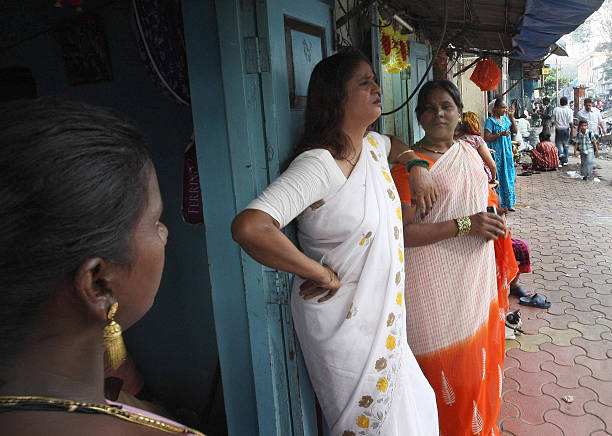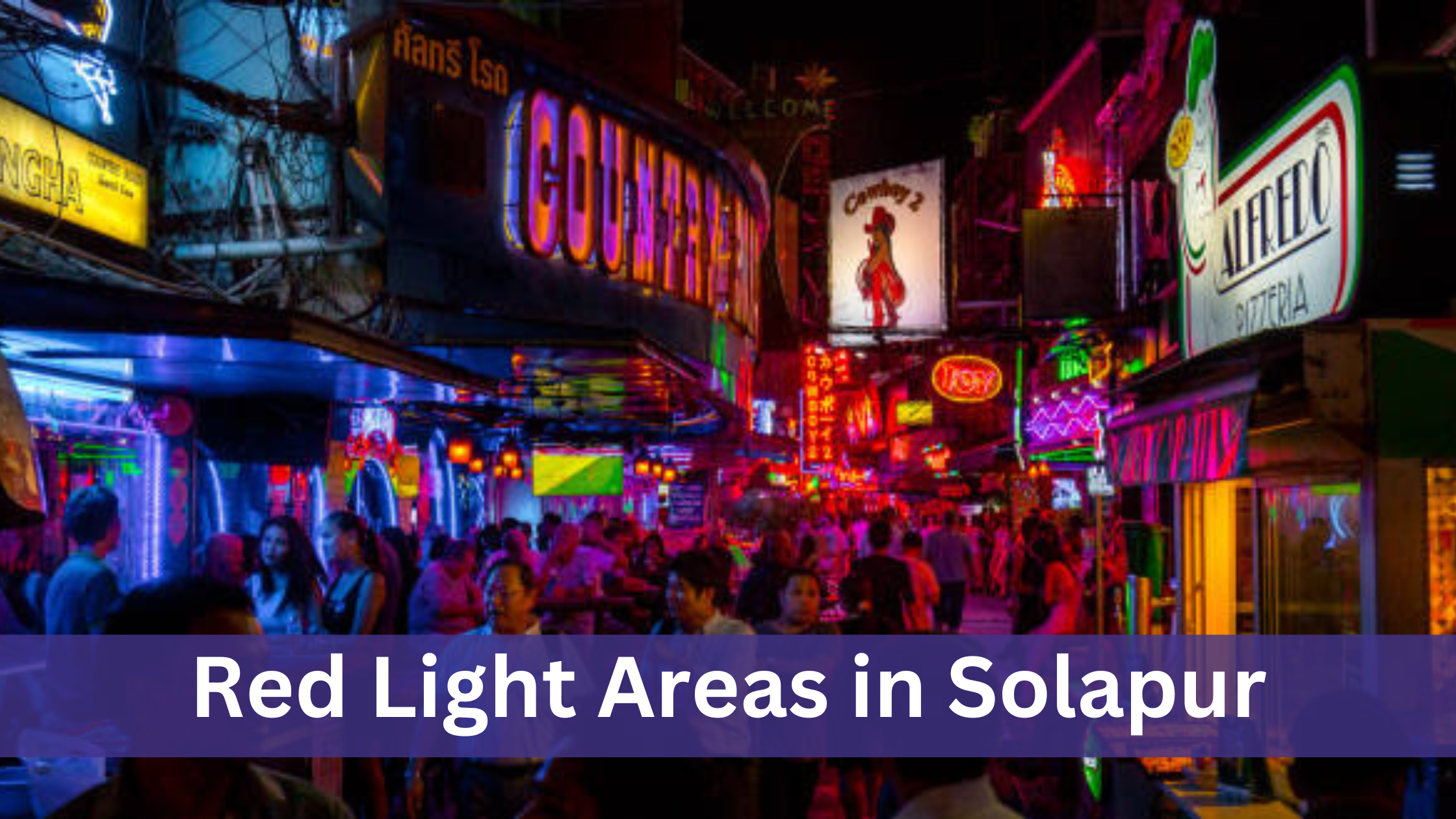Book Solapur call girls here
Cheap rate Call girl in Solapur
Independent Call girls Solapur

Top 10 Red Light Areas in Solapur
Here are the top 10 red light areas in Solapur, each having its own unique characteristics and complexities:
Bhagwat Nagar: Located near the city center, Bhagwat Nagar is one of the oldest red light areas in Solapur. Despite the efforts to rehabilitate the workers, the area continues to thrive due to various factors.
Read, Top 10+ Red Light Areas in Mysore | Mysore Red Light Areas
Shaniwar Peth:
Another prominent red light area, Shaniwar Peth, is known for its bustling nightlife and the presence of numerous establishments offering adult entertainment services.
Gandhi Nagar:
Situated on the outskirts of Solapur, Gandhi Nagar has become a hub for commercial sex workers, attracting customers from different parts of the city.
Railway Line Area: Adjacent to the railway station, this area sees a high influx of transient customers, making it one of the busiest red light areas.

Barshi Road:
This area caters to a diverse clientele due to its strategic location and accessibility, posing unique challenges for the authorities.
Hutatma Chowk:
Known for its historical significance, Hutatma Chowk is also infamous for being one of the red-light districts in the city.
Kurduwadi Road: Despite the government’s efforts to eradicate prostitution, Kurduwadi Road remains a prominent red-light area in Solapur.
Bhavani Peth:
This area faces numerous socioeconomic challenges, contributing to the persistence of the red-light district.
Hotgi Road:
Located on the outskirts, Hotgi Road witnesses a constant flow of truck drivers and travelers, leading to the establishment of illicit activities.
Tuljapur Road: Known for its religious significance, Tuljapur Road also struggles with the presence of red light activities, raising concerns among the locals.
The Reality of Red Light Areas:
The existence of red light areas in Solapur reflects a deeper reality that needs to be understood and addressed with sensitivity. Poverty, lack of education, and unemployment are some of the key factors that drive individuals into the world of sex work. Many women find themselves trapped in this profession with limited opportunities to escape.
The communities residing in these areas face stigmatization and discrimination, which further marginalizes them. It is crucial to recognize that these individuals deserve support, understanding, and access to better opportunities to break free from the cycle of exploitation.
Efforts to Bring Positive Change
Amidst these challenges, several organizations, NGOs, and government initiatives are working towards bringing about positive change in the lives of those involved in sex work. These efforts include:
Rehabilitation Programs: Various organizations provide rehabilitation and skill development programs to help sex workers find alternative livelihood options.
Healthcare Initiatives: NGOs collaborate with healthcare professionals to offer regular check-ups and awareness campaigns on safe practices.
Legal Aid:
Legal aid is extended to sex workers to help them understand their rights and access justice if they face any exploitation or harassment.
Awareness Campaigns: Awareness campaigns are conducted to sensitize society towards the issues faced by the communities in red light areas.
FAQs:
Q: Are all the women in red-light areas forced into sex work?
A: No, not all women in red light areas are forced into sex work. While some are coerced or trafficked, others may choose this profession due to limited options.
Q:** Is prostitution legal in India?
A: The legal status of prostitution in India is ambiguous. While the act of prostitution itself is not illegal, soliciting, brothel-keeping, and living off the earnings of prostitution are criminalized.
Q: What is the government doing to address the issue?
A: The government has launched various schemes and initiatives to address the challenges faced by sex workers, including rehabilitation programs and access to healthcare services.
Q: How can society support the communities in red-light areas?
A: Society can support these communities by treating them with empathy, avoiding stigmatization, and encouraging their reintegration into mainstream society through skill development and employment opportunities.
Q: Are there success stories of rehabilitation from red light areas?
A: Yes, many organizations have successfully rehabilitated women from red-light areas, providing them with education and vocational training to lead a dignified life.
Q: How can we combat human trafficking in red-light areas?
A:** Combating human trafficking requires a collaborative effort involving law enforcement agencies, NGOs, and society. Awareness, strict enforcement of laws, and rescue operations are some effective measures.
Conclusion
Exploring the top 10 red light areas in Solapur has given us a glimpse into the harsh realities and challenges faced by the communities involved. It is crucial to approach this issue with empathy and understanding while working towards creating a society that supports the rehabilitation and reintegration of these individuals. With concerted efforts from various stakeholders, we can bring about positive change and provide a brighter future for those living in the shadows of red light areas.
